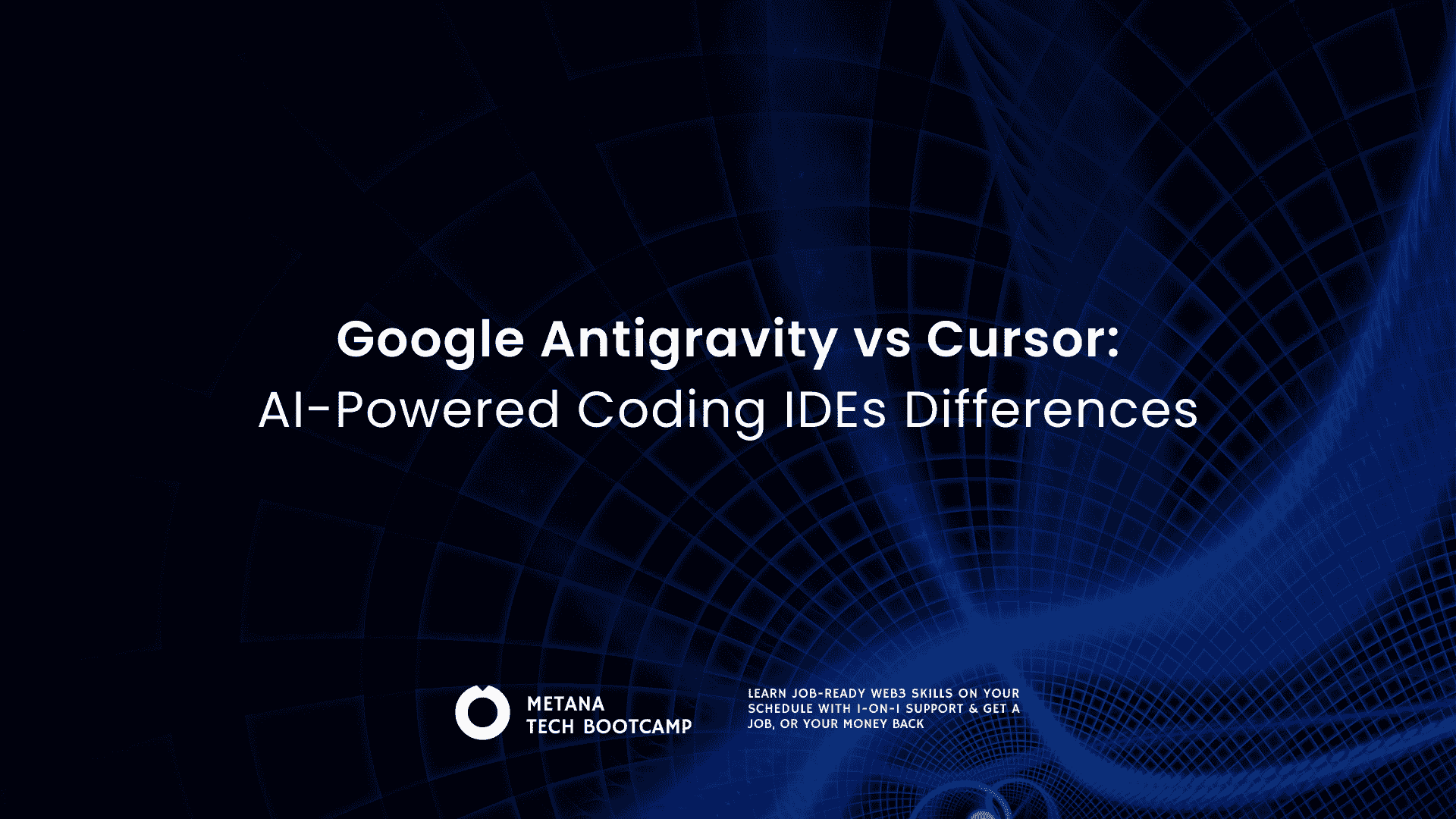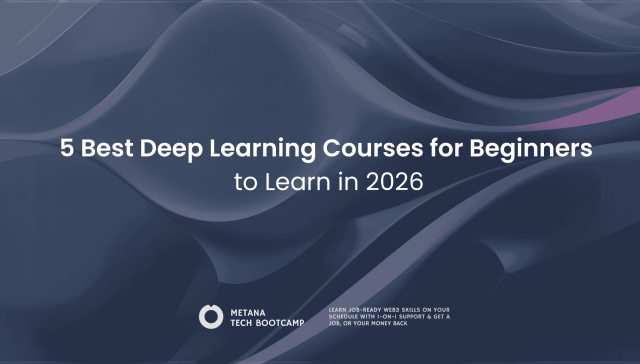TL;DR
- Google Antigravity is a free agent-first IDE powered by Gemini 3 Pro with dedicated Agent Manager interface, artifact tracking, and browser recording capabilities
- Cursor 2.0 is a VS Code fork with proprietary Composer model, supporting up to 8 parallel agents and completing tasks in under 30 seconds
- Key difference: Antigravity focuses on agent orchestration through mission control; Cursor emphasizes multi-agent parallelism with developer control
- Speed: Cursor’s Composer model completes typical tasks in ~30 seconds; Antigravity offers Planning Mode and Fast Mode for different workflows
- Browser Integration: Both support browser interaction—Antigravity via Chrome extension with recording; Cursor with embedded browser and DOM inspection
- Best for: Antigravity suits developers experimenting with agent-first workflows; Cursor fits production teams needing stable, parallel development
- Maturity: Cursor is battle-tested with enterprise adoption; Antigravity is in public preview with reported bugs
- Pricing: Antigravity is free during preview with rate limits; Cursor starts at $20/month for Pro
Two tools are leading the new wave of AI powered IDEs. Google Antigravity shows what an agent first future looks like, where AI handles tasks through a central control system. Cursor focuses on multi agent workflows that run in parallel while keeping developers fully in control.
This comparison looks at how the two platforms differ in autonomy, speed, safety, and real world use. It also helps you understand which one is the better fit for your workflow or team.
What is Google Antigravity?
Google Antigravity is an agent-first code IDE built around Gemini 3 Pro. The platform allows multiple AI agents to access and control your editor, terminal, and browser in one unified experience.
Released on November 18, 2025 alongside Gemini 3, Antigravity reimagines the traditional IDE. Rather than treating AI as a sidebar assistant, it provides a dedicated Agent Manager interface where developers orchestrate autonomous agents.
Key Features
1. Agent Manager Interface: A separate window to spawn, orchestrate, and observe agents across different workspaces, with agents not crowding your code but operating through a distinct manager UI.
Two Operating Modes:
- Planning Mode: For high-level task generation and strategic planning
- Fast Mode: For quicker, more iterative development work
2. Artifacts System: Every agent action generates artifacts including task plans, screenshots, and browser recordings so you can verify what the agent is doing. This transparency helps developers trust agent work without reviewing every line of code.
3. Browser Integration: With a browser extension, you can link Antigravity agents directly to your Chrome instance, enabling browser interaction and recording. Agents can test applications, interact with web interfaces, and validate features through actual browser testing.
4. Workspaces and Inbox: Multiple workspaces let you run separate projects, and the Inbox tab centralizes your agents’ messages, updates, and task feedback.
5. Free Tier Access: Antigravity is available in public preview for Windows, macOS, and Linux with generous rate limits for Gemini 3 Pro usage.
Limitations of Antigravity
- AI Agents may terminate unexpectedly during longer tasks.
- Browser integration can fail or disconnect mid-workflow.
- Multi-step missions sometimes break without clear error messages.
- Free-tier rate limits are easy to hit during intensive development.
- Overall stability is still early-stage and requires patience.
- Learning curve is higher due to the agent-first workflow model.
What is Cursor?
Cursor is an AI-powered IDE built as a fork of Visual Studio Code. Developed by Anysphere, a San Francisco-based startup founded in 2022, Cursor has evolved from simple code completion to a multi-agent development platform.
Cursor 2.0 marks a major evolution toward agentic, multi-agent, and highly parallel AI workflows while keeping developers in control.
Key Features
1. Proprietary Composer Model: Cursor’s proprietary AI model is optimized for coding, completing tasks in under approximately 30 seconds. This custom model outperforms generic LLMs for software development tasks.
2. Multi-Agent Parallelism: The platform can run up to 8 parallel agents in isolated workspaces using git worktrees or remote environments. This allows teams to tackle multiple features simultaneously without conflicts.
3. Embedded Browser Tool: Agents can interact with a browser embedded in the IDE, inspect DOM elements, and test UI flows. This enables end-to-end validation without leaving the development environment.
4. Sandboxed Terminals: On macOS, shell commands run in a secure sandbox with read/write workspace access and no internet by default. This security-first approach protects against unintended code execution.
5. Voice Control: Voice mode uses speech-to-text to control agents, with definable keywords that trigger agent execution. This hands-free interaction speeds up certain workflows.
6. Team Commands: Admins can define shared rules and custom commands across team members from the Cursor dashboard. This ensures consistency across development teams.
7. Precise Inline Editing: Cursor’s custom autocomplete model predicts next actions, offers suggested edits across multiple lines, and snaps to existing types and naming conventions.
8. Repo-Aware Intelligence: The codebase embedding model provides deep understanding and recall, with ability to choose between frontier models from OpenAI, Anthropic, Gemini, and xAI.
Fortune 500 companies report impressive results. By February 2025, every Coinbase engineer had utilized Cursor. Companies see an increase of over 25% in PR volume and over 100% in average PR size, meaning they ship approximately 50% more code with Cursor.
Cursor Limitations
- Some users experience bugs and confusion with multi-agent git worktrees.
- Session history can be inconsistent or difficult to track.
- Managing up to 8 agents introduces a steep learning curve.
- Deciding which agent should handle which task requires careful planning.
- Merging results from multiple agents can become complex.
- Composer’s speed can sometimes reduce correctness on edge cases.
What’s the difference between Antigravity and Cursor?
1. Core Technology and Models
| Feature | Google Antigravity | Cursor 2.0 |
|---|---|---|
| Core AI Model | Gemini 3 Pro | Proprietary Composer |
| Context Window | Over 1 million tokens | Strategic indexing |
| Model Selection | Gemini 3 Pro only | Choose from OpenAI, Anthropic, Gemini, xAI |
| Performance Benchmark | 1487 Elo (WebDev Arena), 76.2% (SWE-bench Verified) | Tasks completed in ~30 seconds |
2. Agent Architecture and Workflow
Antigravity works like an automated engineer; you give it high-level tasks, and it plans, creates files, and handles work on its own.
Cursor is more like a boosted version of your IDE; it uses fast, parallel agents to help you code, but you stay fully in control.
| Feature | Google Antigravity | Cursor 2.0 |
|---|---|---|
| Agent Control | Centralized Agent Manager interface | Up to 8 parallel agents via git worktrees |
| Workflow Style | Agent-first with mission control | Developer-controlled multi-agent |
| Operating Modes | Planning Mode and Fast Mode | Single mode with parallel execution |
| Task Coordination | Unified Inbox for all agent communications | Individual agent workspaces |
3. Browser and Testing Integration
Both platforms offer browser integration, but with different approaches. Antigravity uses recording and agent-driven browser interaction via extension, while Cursor provides an embedded browser inside the editor with DOM inspection.
For developers building web applications, both provide significant workflow advantages. Antigravity’s recording feature creates audit trails, while Cursor’s embedded approach keeps everything in one window.
| Feature | Google Antigravity | Cursor 2.0 |
|---|---|---|
| Browser Access | Chrome extension with recording capability | Embedded browser inside editor |
| Browser Capabilities | Agent-driven interaction and recording | DOM inspection and UI testing |
| Test Automation | Built-in through browser recording | Built-in through embedded browser |
4. Development Environment
| Feature | Google Antigravity | Cursor 2.0 |
|---|---|---|
| Terminal Access | Terminal access via agent | Sandboxed terminal (macOS), secure commands |
| Workspace Management | Multiple workspaces for separate projects | Git worktrees for isolated environments |
| Code Editor | Custom agent-first interface | VS Code fork with AI enhancements |
| Security Model | Early-stage with noted limitations | Sandboxed execution, no internet by default |
5. Pricing and Availability
| Feature | Google Antigravity | Cursor 2.0 |
|---|---|---|
| Free Tier | Yes (public preview with rate limits) | Limited free tier |
| Paid Plans | Not yet announced | Pro at $20/month, Business tier available |
| Platform Support | Windows, macOS, Linux | Windows, macOS, Linux |
| Current Status | Public preview | Production-ready |
5. Performance and Speed
Speed varies based on the task:
- For new, complex features, Antigravity took about 14 minutes to generate everything plus 8 minutes of review.
- Cursor took around 18 minutes, but with you guiding the steps.
Antigravity can be faster when its plan is correct, but Cursor is more consistently quick because you stay in the loop. For repeatable or well-defined tasks, Cursor’s Composer model often finishes in ~30 seconds.
In independent tests, Antigravity built a sample Next.js + Supabase feature in 42 seconds, while Cursor did it in 68 seconds—but these tests don’t include time needed to fix mistakes when the AI guesses wrong.
6. User Control and Safety
Developer control is crucial when writing production-safe code.
Cursor keeps things predictable. Its inline edits follow your existing types and naming patterns, which helps avoid breaking the codebase. The sandboxed terminal also blocks unsafe commands from affecting your system.
Antigravity takes bigger, more autonomous actions. This can lead to unexpected changes and early users say ai agents sometimes create new helper files or utilities that don’t actually exist, so you need to fix them manually. Google also warns about potential security risks like data exposure or unsafe code execution, though sandboxing can reduce these issues.
7. Artifact and Task Tracking
Antigravity gives you detailed artifacts such as screenshots, plans, and recordings that show exactly what the agent did. This makes it useful for teams that need strong documentation or audit trails.
Cursor focuses on speed. It gives clear code diffs for review but does not show much of the agent’s high level reasoning. This makes Cursor better for teams that want fast and efficient development.
| Feature | Google Antigravity | Cursor 2.0 |
|---|---|---|
| Task Visibility | Artifacts (plans, screenshots, recordings) | Code diffs and git history |
| Progress Tracking | Centralized Inbox with updates | Per-agent workspace status |
| Audit Trail | Comprehensive artifact documentation | Standard git workflow |
| Validation | Visual artifacts for non-technical review | Code review focused |
Which IDE Should You Choose?: Antigravity or Cursor
Choose Antigravity if:
- You want to experiment with agent-first development and central orchestration
- Your workflow involves frequent cross-surface testing across editor, terminal, and browser
- You need comprehensive artifact documentation for stakeholders or compliance
- You’re comfortable supervising autonomous agents and reviewing higher-level deliverables
- You want free access to cutting-edge AI capabilities during public preview
- You work with massive codebases that benefit from million-plus token context windows
Choose Cursor if:
- You need production-stable code that must pass rigorous team review
- Your team wants to run multiple parallel development streams simultaneously
- You value precise, predictable AI assistance with developer control
- You work in environments where security and sandboxed execution are critical
- You need flexibility to switch between multiple AI model providers
- You want mature tooling with proven enterprise adoption and support
Recommendations Based on Workflow
| Workflow Type | Better Tool | Why |
|---|---|---|
| Solo developers and startups | Cursor | Faster iteration, familiar editor experience, strong multi agent productivity. |
| Enterprise teams | Cursor | Stable, secure, proven in large companies, trusted by teams like Coinbase. |
| Experimental and R&D projects | Antigravity | Strong agent first architecture, powerful Agent Manager, artifact and browser recording. |
| Compliance heavy industries | Antigravity | Built in artifact documentation creates natural audit trails. |
| Rapid prototyping | Both | Antigravity for exploring ideas, Cursor for quick edits and iterations. |
| Large teams | Cursor | Shared rules, team commands, consistent workflows across developers. |
Current Maturity and Future Outlook of Antigravity and Cursor
AI adoption is growing quickly.
- 62 percent of developers now use an AI coding assistant or agent.
- 66 percent still struggle with AI outputs that are almost correct but take longer to fix than writing the code themselves.
This helps explain why Cursor is more widely adopted today. Its developer-controlled, precision focused workflow avoids many of the “almost right” issues that fully autonomous systems create.
Antigravity, however, shows the direction the industry is heading.
- It scored 1487 Elo on WebDev Arena.
- It reached 54.2 percent on Terminal Bench 2.0.
- These scores indicate strong tool use and agent potential, even in its early stage.
Right now, Antigravity will not replace Cursor, but its long term promise is clear. As Google fixes early reliability issues, it could become a major player.
Most developers may eventually use both tools: Cursor for fast, stable, production safe work, and Antigravity for agent first automation and exploration. The future will likely combine both approaches depending on the task and workflow.
Finally…
Google Antigravity and Cursor show two different paths for the future of AI powered development.
Antigravity focuses on agent first automation and cross surface workflows, while Cursor delivers fast, stable, human guided coding with strong multi agent support. Both tools enhance how developers build software and reflect the rapid shift toward AI assisted engineering.
As these tools become standard in modern development environments, the need for engineers who can work confidently alongside AI continues to grow. That is where Metana stands out.
Metana’s Figma Verified Full Stack Software Engineer Bootcamp equips learners with real world skills in frontend, backend, databases, cloud, and AI assisted development. With hands on projects and industry mentors, students learn to build production ready applications while mastering modern tools that top tech teams use today.
If you want to stay ahead in an industry that is moving fast, start your journey with Metana.








